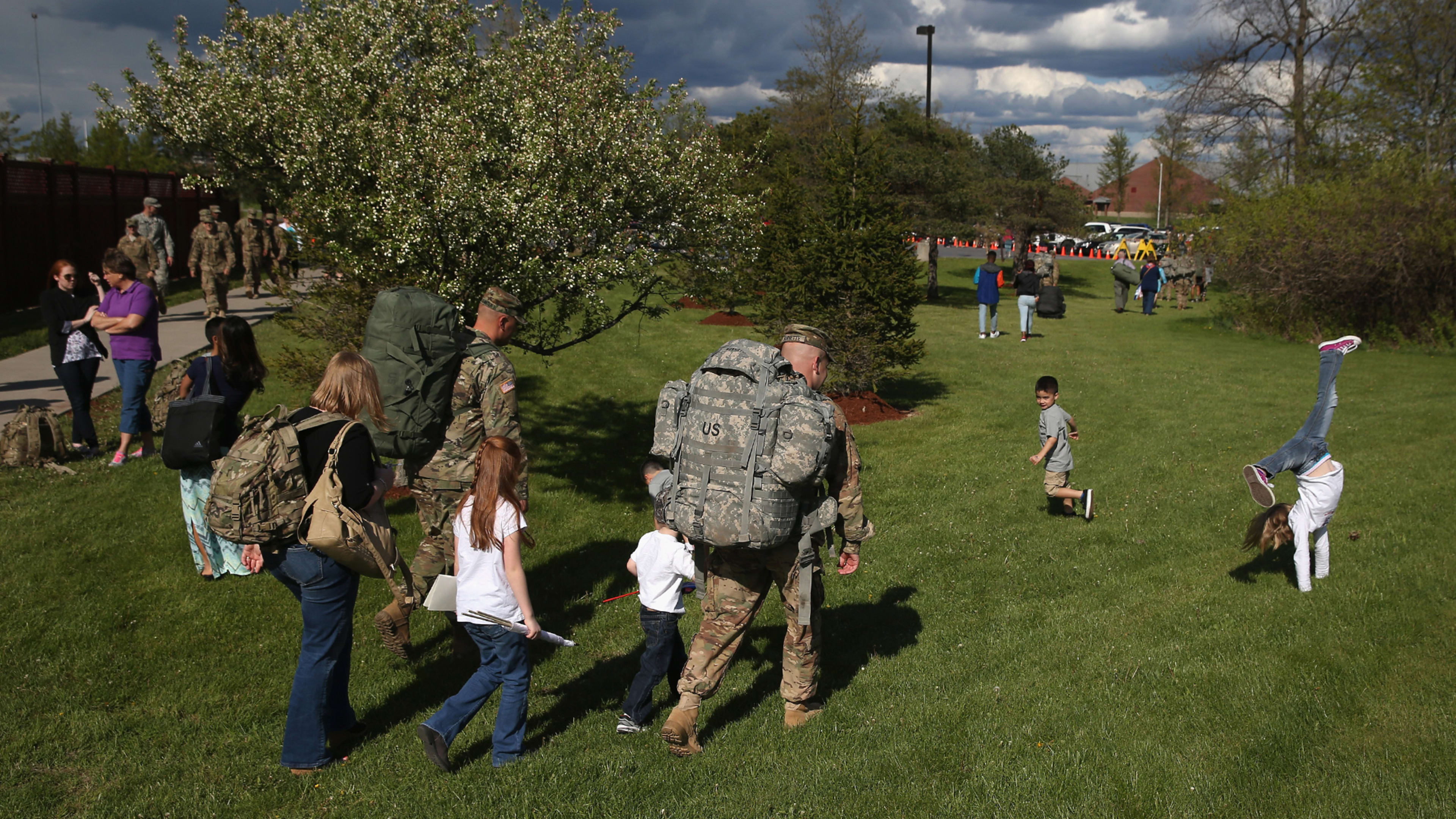Once military veterans leave the service, they often leave their close friends from the service behind. The result is a sort of hidden danger that’s not readily addressed by traditional veteran health benefits: How do you deal with that loneliness and a feeling of disconnection?
According to a new report, around half of America’s former service members want more opportunities to connect with each other. They’re also seeking new ways to stay fit and have fun, and to volunteer in the community. If community groups can find a way to encourage that, it might benefit everyone. After all, this is a band of folks with a proven desire to help others, and plenty of valuable skill sets that might otherwise go untapped.
The findings come from America’s Warrior Partnership, a nonprofit that helps local communities and other nonprofit groups find new ways to connect with veterans. The group conducted a surveyed of over 1,600 former service members around the country. “[T]he resources veterans seek are typically not the urgent assistance most would expect,” says Jim Lorraine, the president of America’s Warrior Partnership, in an email to Fast Company. “This means many veterans are looking for meaningful ways to connect with their community after leaving the service, and organizations that are able to provide such opportunities will see a positive impact on the outlook of the veterans they assist.”
Of course, America’s Warrior Partnership is already working in this area. The group uses a “community integration” approach to local troop building by both searching for and connecting with all vets, regardless of discharge status, after they’ve resettled in different cities. It then finds ways to connect this localized network with each other and other aid groups that might both offer services or are able to benefit from the additional people power.
Regardless of what tactics civic and social groups may use to support former service members, one major key is to make sure those efforts are designed for long-term engagement. According to the report data, roughly a 25% of veterans felt a “sense of well-being” after spending three months interacting with a community group. For participants that continued working past that threshold, feelings of satisfaction jumped to 75% overall. “Most veteran-serving organizations understand the need to be proactive in connecting with local veterans, but not many consider the importance of establishing long-term relationships with them,” Lorraine says. “Doing so can help veterans feel like they belong in the community, which can also positively impact their outlook on life.”
Recognize your brand’s excellence by applying to this year’s Brands That Matter Awards before the early-rate deadline, May 3.
